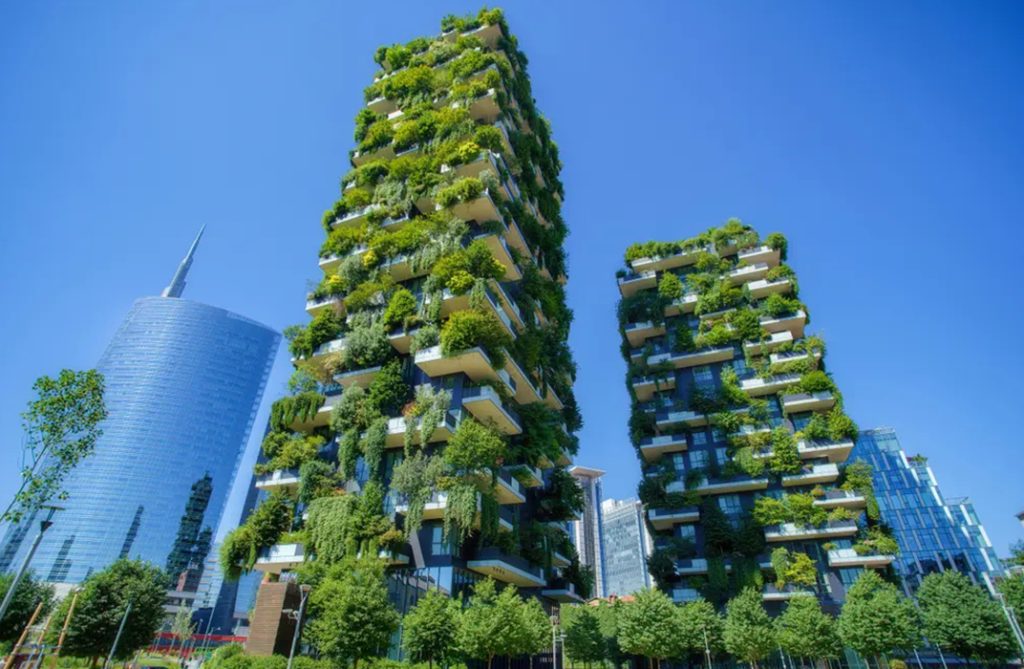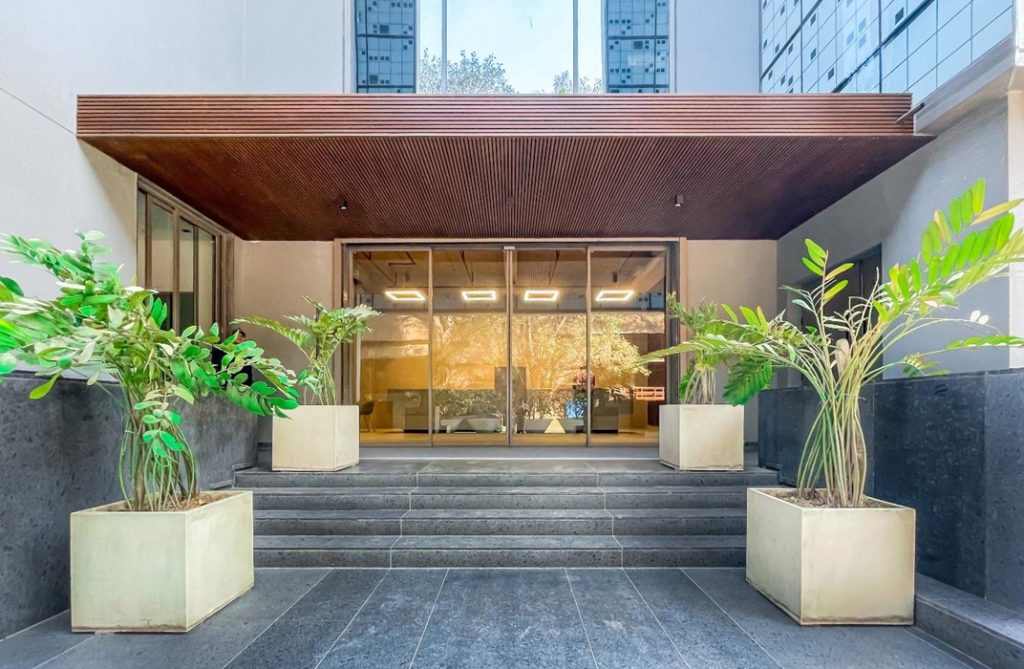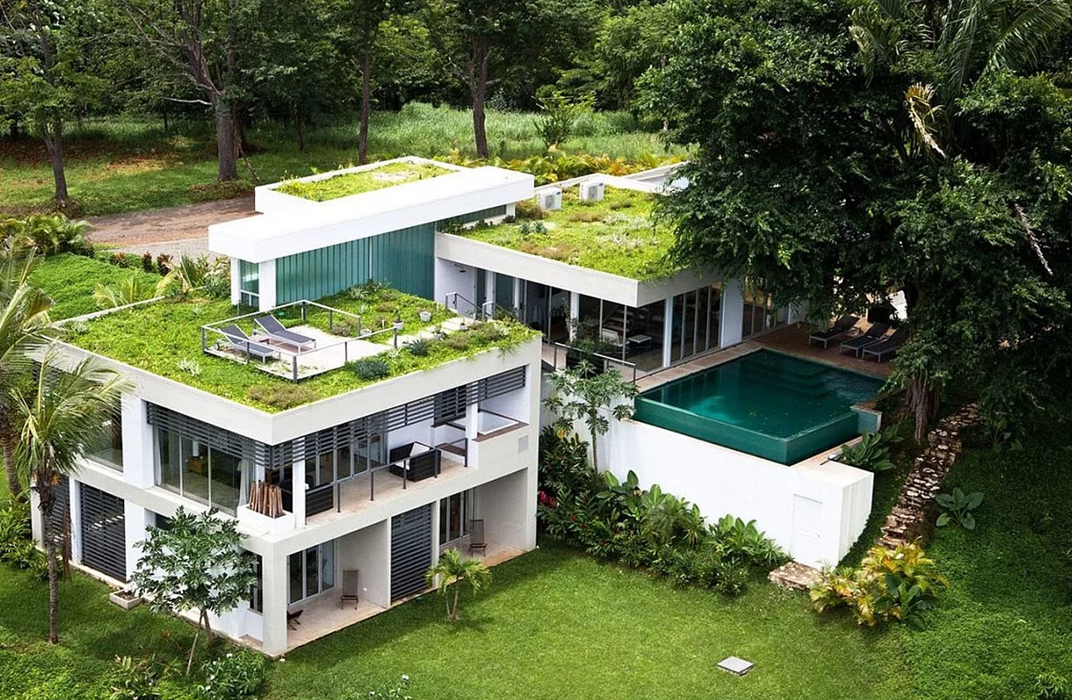What Is Green Building And How To Implement It At Home
Using recycled or reclaimed materials can significantly reduce the environmental impact of construction. Bamboo, for example, is a rapidly renewable resource that serves as an excellent alternative to traditional hardwood. Additionally, low-VOC paints and finishes help improve indoor air quality by minimizing harmful emissions. Choosing materials that are locally sourced not only supports the local economy but also reduces transportation emissions, contributing to a smaller carbon footprint.
Energy efficiency is a cornerstone of green building practices. Installing energy-efficient appliances can lead to significant savings on utility bills while reducing energy consumption. Look for appliances that have the Energy Star label, as these products meet strict energy efficiency guidelines. In addition, incorporating smart home technology allows homeowners to monitor and control energy use more effectively. Smart thermostats, for instance, can optimize heating and cooling schedules based on occupancy, further enhancing energy efficiency.

Proper insulation plays a vital role in maintaining a comfortable indoor environment while reducing energy costs. High-quality insulation materials help keep homes warm in winter and cool in summer, minimizing the need for heating and cooling systems. This not only lowers energy consumption but also contributes to a more sustainable lifestyle. Windows also significantly impact energy efficiency. Choosing double or triple-glazed windows can reduce heat loss and improve overall insulation.
Installing low-flow fixtures in bathrooms and kitchens can significantly reduce water consumption without sacrificing performance. Rainwater harvesting systems can collect and store rainwater for irrigation or non-potable uses, further minimizing water waste. Additionally, xeriscaping, which involves landscaping with drought-resistant plants, can reduce the need for irrigation and promote biodiversity.
Incorporating natural lighting into home design can enhance indoor spaces while reducing reliance on artificial lighting. Strategically placed windows, skylights, and light tubes can maximize daylight penetration, creating a brighter and more inviting atmosphere. This not only improves the quality of life but also reduces energy usage associated with lighting.
Sustainable landscaping practices can further enhance the benefits of green building. Planting native species that require minimal maintenance and water can create a beautiful outdoor space while supporting local ecosystems. Composting organic waste from the kitchen and garden enriches soil and reduces the need for chemical fertilizers, promoting a healthier environment.

Engaging in community initiatives that focus on sustainable practices can amplify the impact of green building efforts at home. Participating in local workshops or collaborating with neighbors on community gardens fosters a sense of shared responsibility for the environment. Many cities also offer resources and incentives for homeowners looking to implement green building practices.
Principles of green building and incorporating them into your home can lead to a more sustainable lifestyle. By selecting sustainable materials, enhancing energy efficiency, conserving water, and engaging in community efforts, homeowners can create a positive impact on the environment while enjoying the benefits of a healthier living space. Embracing these practices not only promotes sustainability but also enhances the overall quality of life for you and your family.




